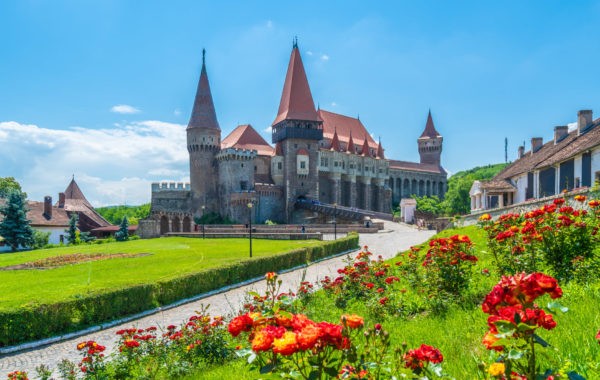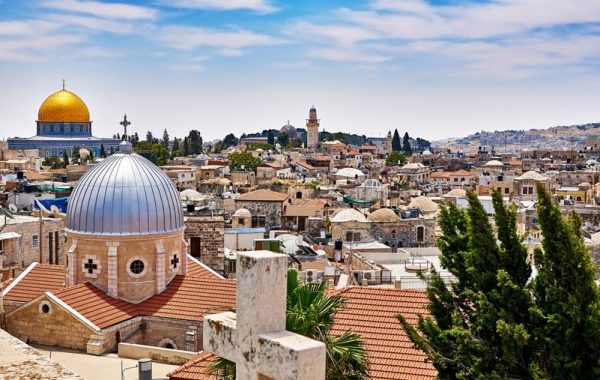Honey is the taste of the terroir – each jar the story of a season and the flowers that bloomed. On this day, May 20, 2023 – world bee day –, five of Relais & Châteaux properties reveal their relationships with this liquid gold and their dedication to upholding the integrity of the natural world.
More than a hundred relais & châteaux properties throughout the world keep bees. Fostering biodiversity through wild and cultivated plants, supporting the ecosystem by creating habitats that nurture all kinds of pollinators–domesticated and wild–and refraining from the use of pesticides are just some of the ecological commitments made by these ‘sweet spots’.
WILDFLOWERS, DIVERSITY AND AN AMBER HUE
Blackberry Farm, Walland, Tennessee, United States

Located in the foothills of the Great Smoky Mountains in eastern Tennessee, Blackberry Farm has been running an apiarian program for more than fifteen years. It has continued to build on its savoir-faire, and in 2021 the farm set itself a new challenge: the members of the gardening team built a winter wall for pollinators. This safe, appealing habitat incites wandering insects and bees to remain on the estate, increasing their impact on pollination. The honey harvested here twice a year offers top notes of tulip poplars, wildflowers and sourwood. “A beautiful amber shade and a particularly delicate taste”: the property attributes its qualities to the area’s wildflowers and the many plants in the farm’s various areas: vegetable gardens, orchards, the pastures of animals raised for milk and meat, and so on. Here, honey is present in the cookery and at the boutique. At Blackberry Farm, it is strongly recommended to top hot biscuits with honey at breakfast, or to add some to a peanut butter and jelly sandwich.
SPRING AND SUMMER: TWO SEASONS, TWO HONEYS
Manoir Hovey, North Hatley, Quebec, Canada
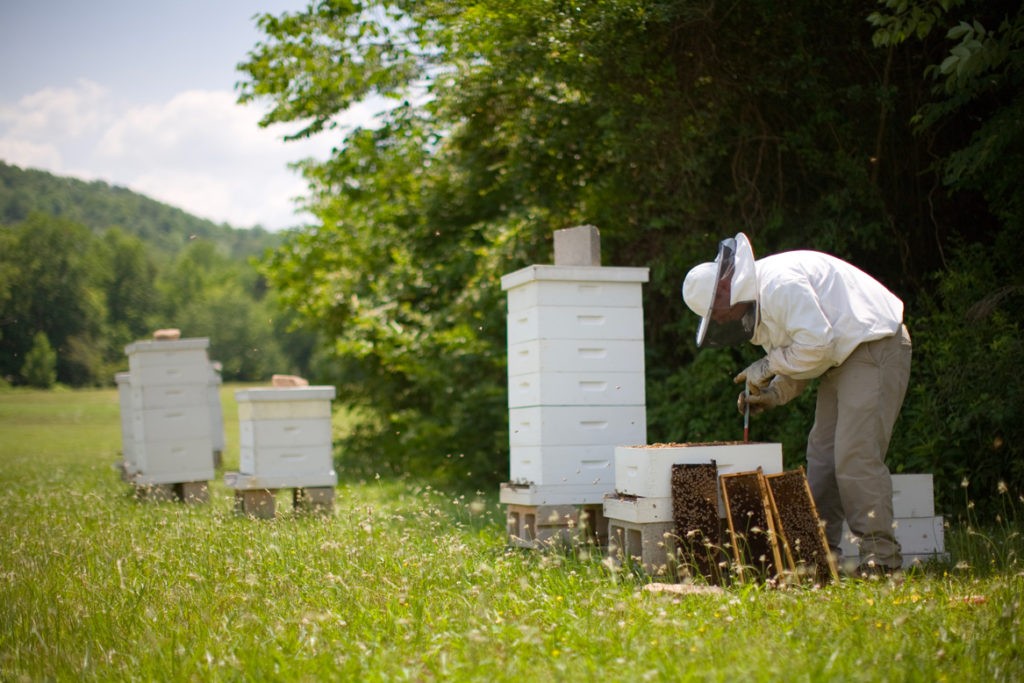
In the Eastern Townships of Quebec, Manoir Hovey is nestled on 30 acres of birch forest along the serene shores of Lake Massawippi, since 1899. Apiculture can have a great deal in common with viticulture, and the former head sommelier of the establishment, Jérôme Dubois, is now devoted to beekeeping. Along the edge of the forest, he strategically positions hives in such a way as to harvest two distinct types of honey. Springtime honey is a delicate, floral, light yellow ambrosia mingling clover, goldenrod and dandelion. Summertime honey has more character and complexity, reflecting plants that blossom on hot, sun-drenched days. This honey is never heat-processed. “We keep our honey raw and unaltered to be sure all its beneficial nutriments remain intact,” says Jérôme. As an extension of his initial profession, he collaborates with Chef Alexandre Vachon to find ways in which products of the hive can be used in the kitchen. Their joint work is a success, as shown by one of the establishment’s most popular desserts: parsnip soup with honey, served with raw honey ice cream and a pinch of pollen.
THE ART OF NUANCE
Ballyfin Demesne, Ballyfin, Ireland

Below the Slieve Bloom Mountains in central Ireland, some twenty beehives stand in a tranquil area of the lush, romantic estate of Ballyfin Demesne. There are two distinctive harvesting seasons here. The first, in May, offers a rich, sweet honey made from a mixture of dandelion, horse chestnut, hawthorn and sycamore. The latter provides a peppery note that is only slightly perceptible as an aftertaste. In August, the so-called ‘autumn’ honey is made with a high percentage of clover. However, in Ballyfin Demesne, “lime blossoms and brambles always win out over clover,” according to beekeeper Bernd Schuch, a member of the Irish Beekeepers Association who has been working on this estate for ten years. Depending on the year, brambles can also win out over lime blossoms, which leads the honey to crystallize shortly after it is placed in jars. That is part of its nature, its distinctiveness. Used by chefs in the kitchen, savored by clients at breakfast, and sold at the boutique, the estate’s honeys are particularly appreciated for their aromatic complexity
WHERE FORESTS MEET FIELDS
Hotel Bareiss, Baiersbronn-Mitteltal, Germany
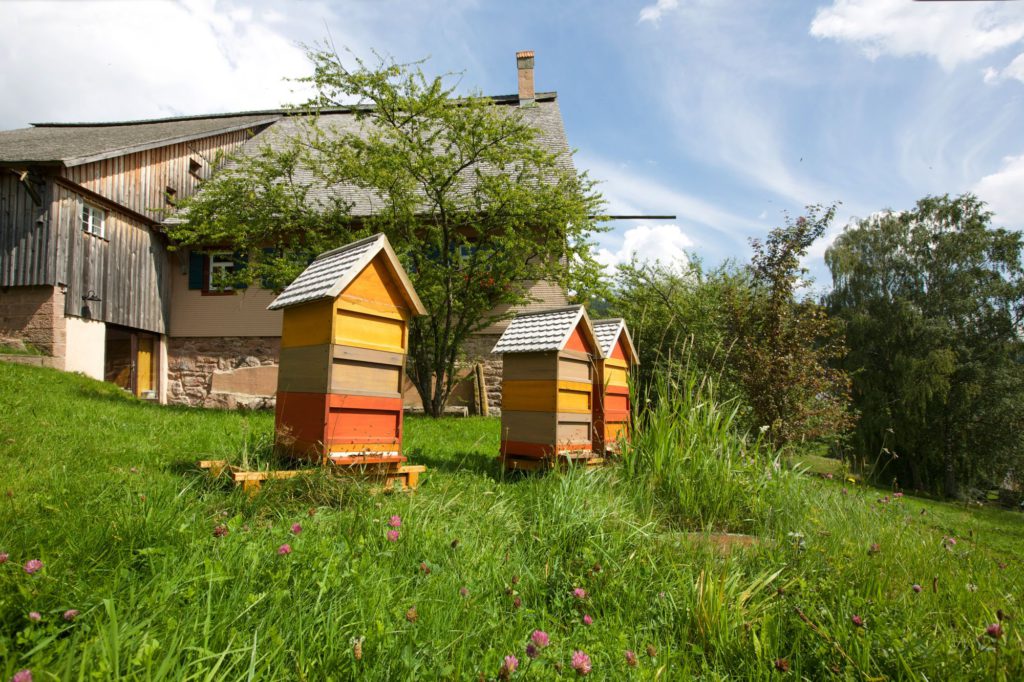
Located in Baiersbronn-Mitteltal, in the high Murg Valley of the Black Forest, the Morlokhof farm became part of the Bareiss estate in 2003. The work that Hermann Bareiss initiated at the time made it possible to keep the spirit of this 18th-century farm intact. Firs and spruces are major features in this landscape, as are the farm’s crops of vegetables, aromatic herbs and flowers. There are three beehives in the largest prairie. They are designed to coexist harmoniously with the buildings, in the same warm colors and wood-shingled roofs. Axel Janzen the beekeeper and Susanne Gaiser who is a forest ranger in the area, take their role very seriously. Golden yellow honey harvested in July features a delicious combination of coniferous honeydew and nectar from the flowers in the fields. Its texture is smooth and its taste peppered with resinous flavors. The honey is sold at the boutique and included in the breakfast buffet.
CONTRAST AND SEASONAL DISTINCTIVENESS
Villa Crespi, Orta San Giulio, Italy
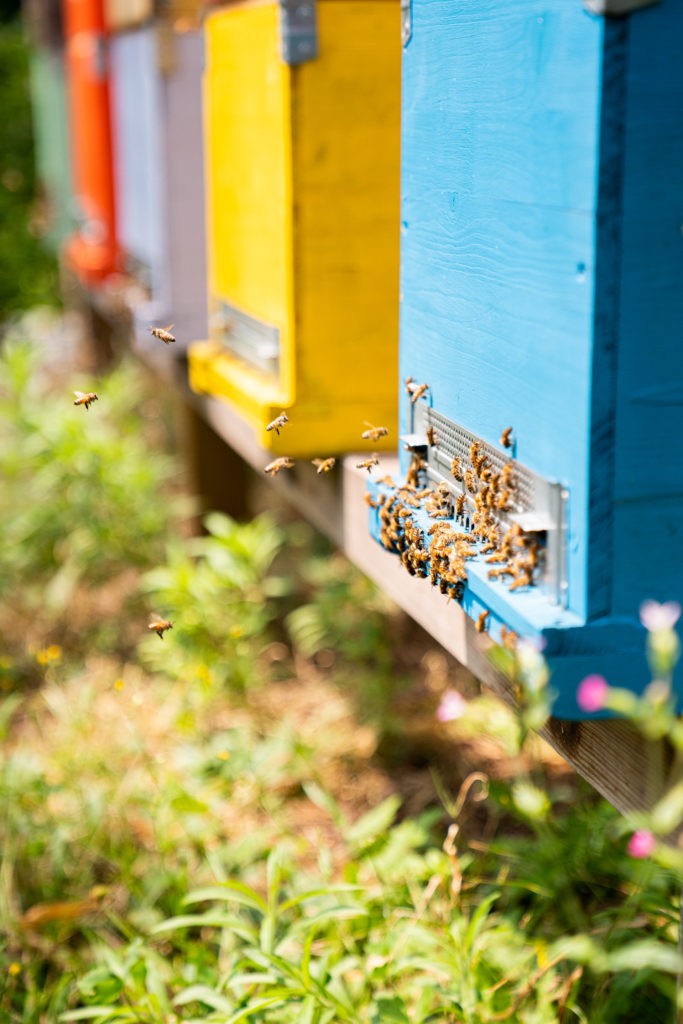
Built in the late 19th century on the banks of Lake Orta (Piedmont), Villa Crespi unfurls its bold, Moorish architecture in the midst of a beautiful, verdant park. Honey has been produced here for five years, and is characterized by two successive harvests of two different types of honey. Lorenzo de Laugier–apiarist, honey ambassador and sensory analysis expert–describes them with great precision. Various springtime flowers go into the first honey of the year, which has a light amber color and a smooth texture. Its chamomile and peach tea notes bring it a delicious balance. The chestnut honey of July has a strong character. Chestnuts are typical along the banks of the lake. The red color and the saturated, tannic woodland scent of the honey demonstrate its intense nature. Its umami flavor is rich in the persistent notes of gentian and dandelion root. Breakfast at Villa Crespi delights the sweet tooth and indulgent taste of every guest.
For latest travel news and updates, food and drink journeys, restaurant features, and more, like us on Facebook or follow us on Instagram. Read more on Travel and Food Network
Trending on TFN
The 23 Best Places To Go In 2023








